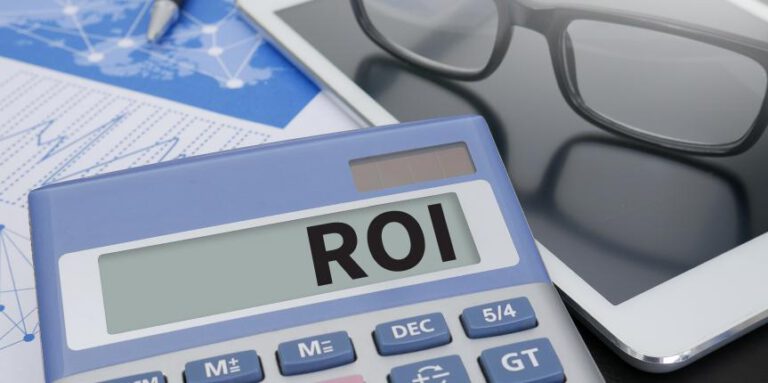A Year in the life of a Manager Development Programme | Part 12
It’s twelve months since I started the “A Year in the Life of a Manager Development Programme ” series. This is the twelfth – and final – post in the series. It might also be the most important. This is where we find out what difference the Programme has made – to the participants, to their bosses and to the organisation.
One of the biggest mistakes companies make is failing to measure results. We weren’t going to be among them. If you have no evidence to quantify the value of your investment, you’re less likely to get buy-in for development initiatives in the future.
Planning and preparation is key
At the start of the Programme, we had many discussions about the desired outcomes from the Programme. Twelve months on it was time to remind ourselves of what we had hoped to achieve. The agreed aims of the Programme were that participants would have the skills and confidence to:
- Develop strong trust-based relationships with their people even when managing remotely
- Adapt their communication and management style to the needs of the situation
- Drive performance through delegation, goal setting and feedback
- Coach team members to develop and grow their potential
- Have courageous conversations around performance, behaviour and people issues
- Have career conversations that engage, motivate and keep your best people
Two Dimensions to measuring progress
To measure the impact of a development programme you need to look at two dimensions:
1. Behaviours and actions – what have people done as a result of the Programme?
2. Results – how have key performance measures changed during the same period?
Now let’s be clear that all you can do by measuring these two dimensions is to show correlation. You cannot prove causality. In other words, you may be able to show that during the period of the Programme, managers gave more feedback. You may also be able to show that employee satisfaction improved during the same period. So there is a correlation between managers giving feedback and employee satisfaction. But you cannot state that one caused the other. You would need to compare results with managers who didn’t give any feedback.
But let’s not get too hung up with statistics and instead focus on common sense. A positive correlation between behaviours and results seems pretty worthwhile to me.
Measuring behaviours and actions – the power of storytelling
Leadership is about people. And nothing is better for describing the effect that leadership has than a good story.
In this Forbes article, Geoffrey Berwind explains “Stories powerfully connect us to our listeners. When we share our own real-life stories or the stories of others, our audiences feel that they get to know us as authentic people – people who have lives outside the corporate setting, people who have struggled with problems and who have figured out how to overcome them.”
In the final workshop, I wanted the managers to share real experiences with the senior leadership team. I asked each participant to prepare a “Story of Success”. What wonderful stories they prepared. Without exception, all managers said they had gained confidence as a result of the Programme. And this had resulted in actions and behaviours that had delivered positive results. The examples were rich and varied.
One manager had observed that one of her team was not challenged enough in her role and craved more responsibility. So the manager went out of her way to create a new role. While it took a lot of planning and preparation the move had allowed the company to keep and develop the team member. It also meant that the company could add more value to their clients.
Another manager dealt with a situation where one of his team was receiving negative feedback from colleagues. The manager sat down with him to go through it. He gave him clear and constructive feedback and worked with him to explore alternatives. The team member adapted his behaviour to create a more positive impression with positive results.
Other stories covered a range of themes. Greater self-awareness had allowed them to assess their interactions and adapt their style. Models for giving feedback had allowed them to have courageous conversations. Guidance on career conversations had allowed them to engage and empower employees
By hearing these stories the senior management team were able to understand what the managers had learnt and how they had put it into practice. They were also able to add their own observations and praise the managers for the progress they had noticed. In particular, they had noticed that managers were having a lot more one to one conversations with employees. They were more willing to manage difficult situations and there seemed to be a lot more trust and respect for the managers.
Measuring results – what does the data say?
At the outset of the Programme, we identified the quantitative measures that would tell us if the Programme was successful. So we looked back at the benchmark data we had gathered at the beginning of the Programme to see what progress we had made. The highlights were:
- The business had grown by 10% with a combination of new clients and renewals
- Customer satisfaction was at a record high
- Staff retention had increased by 18%
- Employee satisfaction ratings had improved by an average of 15% in the areas of people management and career development
Great results I think you’ll agree.
The End
So that marks the end of the Programme and the end of this blog post series. Have you read the whole series? You can find it here.
I’d love to know what you learned from it. What will you stop, start or continue as a result? Please let me know by posting in the box below or emailing me at antoinette@antoinetteoglethorpe.com



